NFTs are all the rage right now. They might not have become so mainstream that everyone, even your parents, might have heard about it. But if they continue to grow at the rate they are going, that day won’t be far.
Everyone wants some action of these non-fungible tokens. Celebs like Grimes and Paris Hilton are selling their works (or listing for sales) as NFT. Others like Kylie Jenner became the talk of the town when they apparently tried to buy a bored ape NFT but got blocked instead.
Whether you’re interested in buying or selling your own NFTs, there are a few things you need to know. Foremost of them are the different blockchain standards available for creating NFTs. Knowing about them helps you choose the best standard for your needs. Here’s a look at it.
What is a Blockchain?
Blockchain is a decentralized database that is managed by a network of peer-to-peer computers. As it is decentralized, there is no central authority (for most blockchains, though private blockchains do exist).
Every transaction on the blockchain exists in blocks that have been verified and validated by the network of computers. Each block contains a cryptographic hash of the previous block, a timestamp, and the transaction data.
Manipulating a block in the blockchain would change the information in all subsequent blocks. To keep from getting caught after manipulating a block, a hacker would have to change at least 51% of blocks which would require a considerable amount of time and resources.
Because of this structure of the blockchain, it is considered secure without any need from a third party to secure it. Blockchains are bringing in the era of Web3, where user-generated content is distributed on user-owned platforms. This is in direct contrast to the dominating trend today, where our content is distributed on centralized networks such as Facebook, Instagram, etc.
Non-Fungible Tokens (NFTs) are tokens that live on blockchains. They have unique IDs that associate them to a particular address on the chain. An item that you are minting or buying as an NFT doesn’t itself live on the blockchain. Instead, the token has comprehensive metadata and a uniqueID that contains information about the asset.
Although most popular for cryptocurrency and now, NFTs, blockchains have a wide application which we may see in the future.
Why is a Blockchain Important for NFTs?
There are many different blockchain platforms popping. But why does a blockchain even matter when you’re choosing how to mint or buy an NFT? There are a few reasons:
- Transaction Cost: Every transaction on a blockchain costs money. Although, recent NFTs that have made the news have sold for millions or hundreds or thousands of dollars, not every NFT will. In fact, most NFTs don’t even sell, let alone bring heaps of profits. So, choosing a cost-effective blockchain is important.
- Robust Smart Contracts: NFTs are implemented using smart contracts. A smart contract carries out the conditions of the contract on its own without the need for an intermediary. A blockchain should have fool-proof code for smart contracts as they’re the backbone of blockchain transactions. Inefficient smart contracts can lead to scams. Moreover, a token should not be sent to a contract that doesn’t understand it, otherwise your tokens can be lost. The blockchain standard should have safeguards against it.
- Speed: Speed of transactions on the blockchain is of utmost importance. If transactions take too long to finalize, it creates a bottleneck. In such cases, you either have to bribe (tip) the miners to fast track your transactions or wait a long time. The long time for finalization of transactions also provides attackers more window to tamper with them. But its important that speed doesn’t come at a cost of compromised security. Although it might seem like an obvious thing, it happens in many blockchains.
- Security: A blockchain should be secure from attackers, otherwise you’d end up losing your data as well as resources. Additionally, the possibility of forking should be negligible on a blockchain. Hard forks can duplicate your NFTs. Uniqueness and rarity are the foundations of NFTs. Forking can drive the value of NFTs to even zero, thus causing you to lose out on your assets.
Different blockchain standards also offer integration across different marketplaces, interoperability, and the ability to use the token in more places and applications.
They are also important when looking for an NFT marketplace. You need to know which standard the marketplace supports so you can accordingly choose one that supports the blockchain you want to use.
So, choosing a blockchain that meets the basic requirements is a must. But you should also see what additional needs you want it to meet.
Ethereum Blockchain
Ethereum blockchain is the original blockchain for NFTs. It is a scalable platform that uses smart contracts. The ERC721 standard built on the Ethereum blockchain was one of the first standards created for NFTs. It is still one of the most widely used blockchains for minting NFTs.
Ethereum works on a proof-of-work system. A proof-of-work system requires the miners to solve complex algorithms to create new blocks, validate transactions, and add them to the block. Miners are awarded the native cryptocurrency of Ethereum, namely Ether (ETH), for their successful computations – this is known as mining of the ETH. As miners are required to spend a huge amount of energy, it acts as a safeguard against bad behavior.
A proof-of-work system is a heavily energy-consuming system. So, it’s heavily criticized for the amount of energy is spent for minting or selling an NFT. But in addition to the consequences for the environment, all transactions on Ethereum need gas fees to be paid. Gas fees is a term used to denote the fee you pay for using the Ethereum blockchain network like you need gas to drive your vehicle.
As the Ethereum network is in heavy demand these days, gas prices for minting NFTs are also increasing.
Ethereum is soon going to transfer to a proof-of-stake consensus algorithm. So, instead of miners, Ethereum will have stakers instead. A proof-of-stake system requires the players to have a stake in the network. A staker will need to own and stake some of their ETH coins to validate the network. At any time if they’re acting maliciously on the network, they’d lose some or all of their staked currency as a penalty. Stakers will get a return on their staked ETH to provide them an incentive to help run the network.
Transitioning to a proof-of-stake system will change the face of Ethereum, resulting in ETH 2.0.
There are also several standards for NFTs on Ethereum. A token standard defines the smart contract the NFT will have, as well as the features of the token.
The most popular Ethereum standard is the ERC721, the one we mentioned above. It’s the standard that marketplaces like Rarible, SuperRare, OpenSea, Nifty Gateway, and many more use.
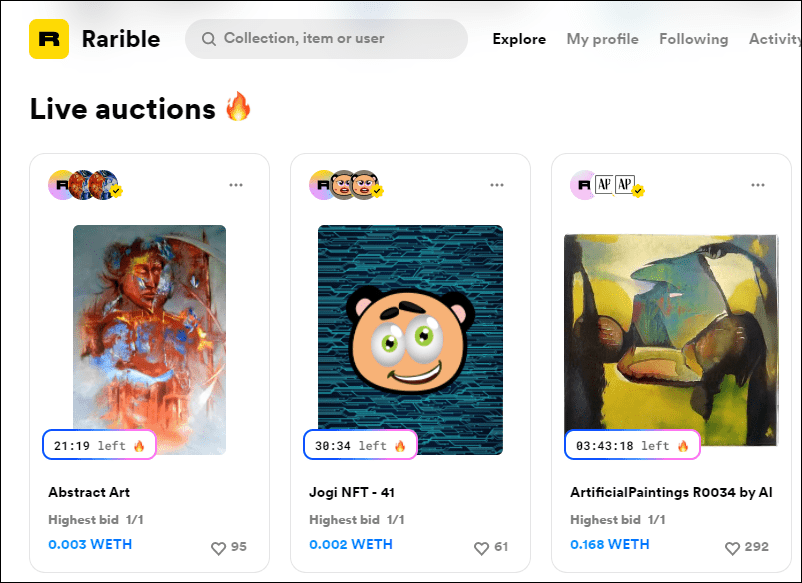
It is a trustworthy standard that creates only nun-fungible tokens. There are a few drawbacks though, the most obvious one being the high gas fee. Its scalability and congestion pose another problem.
Although ERC721 is the most popular standard, there are also other NFT standards based on the Ethereum blockchain.
ERC1155, an NFT standard created by the NFT marketplace Enjin, combines multiple tokens (even fungible and non-fungible) on the same contract. Hence, it requires a lot less network power.
Another standard, ERC994, creates Delegated NFTs that allow the attaching of a physical asset to a digital token.
Flow Blockchain
Created specifically for NFTs, Flow is a high-performance blockchain. There’s an interesting story behind the creation of this blockchain. The people who created one of the first blockchain games, Cryptokitties are also the ones behind Flow.
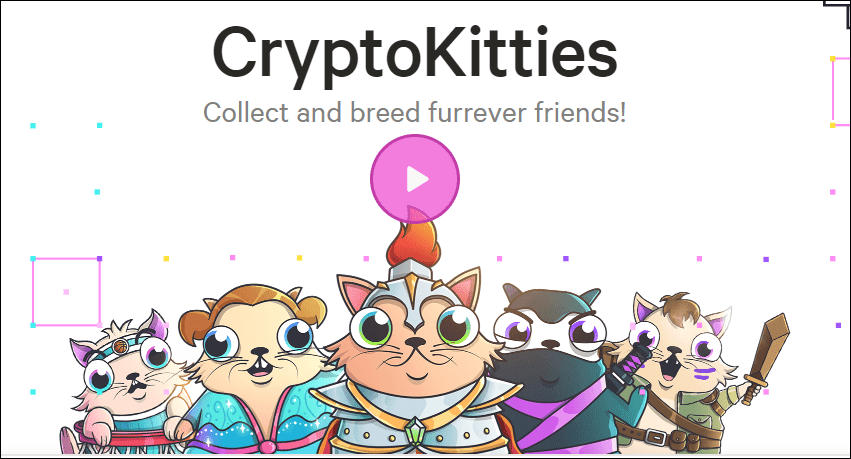
Cryptokitties is an NFT-based game that lets you collect and breed NFT cats. It launched on the Ethereum blockchain in 2017. It became so popular that it almost took down the whole Ethereum network.
The volume of the transactions related to Cryptokitties created such a bottleneck that transactions on the network almost entirely stopped. It took days and huge gas fees to resolve the issue.
So, the team decided to create a blockchain that would be ideal for crypto games and collectibles. The flow blockchain provides intensive scaling. And unlike Ethereum, it doesn’t use sharding techniques. Transactions on Flow are also fast and efficient without exorbitant gas fees.
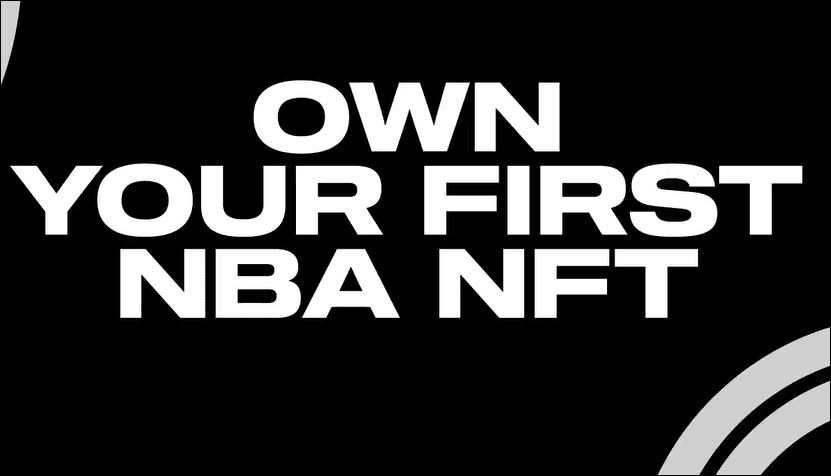
It’s a perfect blockchain for games and collectibles, making it highly desirable for dapps (decentralized apps) such as NFT marketplaces. Popular Flow dapps include NBA Top Shot where you can buy and own clips from NBA and WNBA. Others include UFC, Dr. Seuss, NFL, to name a few. Even Cryprokitties will soon move to the Flow blockchain from Ethereum.
Flow’s native cryptocurrency FLOW fuels transactions on the platform. It uses the proof-of-stake algorithm which helps keep the transaction costs on the network low while also keeping it environment-friendly.
One of the most desirable characteristics of the Flow blockchain is that potentially anyone can be a validator (miner, in other words) for the network without the need for specialized equipment.
Flow divides the roles of validators into 4 groups. This division makes the network dramatically fast. As a validator, you can join the network in one of these capacities:
- Consensus Nodes that ensure decentralization
- Execution Nodes that enable speed and scale
- Collector Nodes that increase efficiency
- Verifier Nodes that guarantee correctness
This allows anyone to join Flow, although the financial and computation tier would vary.
There are other features that make the Flow blockchain highly appealing for NFTs.
Fast, Deterministic Finality:
The term ‘Finality’ is the time it takes before a user or the client software can be sure that their transaction has become a part of the blockchain. This finality is a measure of the speed of a blockchain network.
The famous cryptocurrency blockchain Bitcoin has a finality of about an hour. Ethereum has a probabilistic finality of about 6 minutes. Whereas Flow achieves deterministic finality within seconds. The division of validators into separate nodes helps achieve these drastic speeds.
Smart User Accounts that don’t need seed words:
Most crypto wallets have a seed phrase that you can use to recover access to your wallet in case you ever lose it. But the Dapper wallet (Flow blockchain wallet) uses a Smart Contract model. With a variety of enhancements, Flow gives the option of recovering your account making sure you never lose your assets as well as access to your account. All Flow dapps can also use these authorization controls.
Upgradeable Smart Contracts:
Flow features Upgradeable Smart Contracts that allow developers to deploy a smart contract in the beta state. This allows them to change the contract until they are happy with it. Once they are happy, they can release control after which it becomes impossible to alter the smart contract. From a user point of view, this might look like it defeats the purpose of smart contracts. But, au contraire, it allows the developer to straighten out any kinks in the contract. Once the contract is final, users will know that is out of the beta state and can trust the code. Meanwhile, they can also choose to trust the author.
Human Readable Security:
Flow also features transaction messages that are human-readable. Most other apps or wallets in the blockchain ecosystem display permissions that are almost impossible to understand while authorizing a transaction. Flow messages ensure you understand clearly what you’re authorizing. Any wallets that use Flow blockchain can leverage this feature.
Flow has a variety of features that make it a perfect alternate to Ethereum. Guaranteed, it’s still in a very early phase and the dapps and the type of NFTs you can trade in are still few. But it’s surely a platform to keep your eye on as many more dapps and marketplaces will soon be available. And the available dapps are definitely worth checking out; NBA Top Shot has become one of the most popular dapps in existence!
Binance Smart Chain
Transaction congestion and increasing gas fees are becoming the undoing of Ethereum. Until Ethereum solves this, developers continue to find alternative solutions. Binance Smart Chain is another blockchain solution that offers an alternative to Ethereum.
Binance Smart Chain is a parallel blockchain platform for the Binance Chain network. It specializes in smart-contract-based applications. Like Flow, it offers fast transaction speeds and low gas fees.
But what makes it different is that it also runs the Ethereum Virtual Machine. This allows it to run Ethereum based applications as well.
It runs on the native cryptocurrency of the platform: Binance Coin (BNB, or BEP-2 token). It also supports token standards other than the native token, like the ERC-20 token (ETH) and BEP2E token. This allows cross-chain exchange on the platform easily. One of the best dapps on the platform include PanCakeSwap. It also has its own NFT marketplace where you can trade in NFTs.
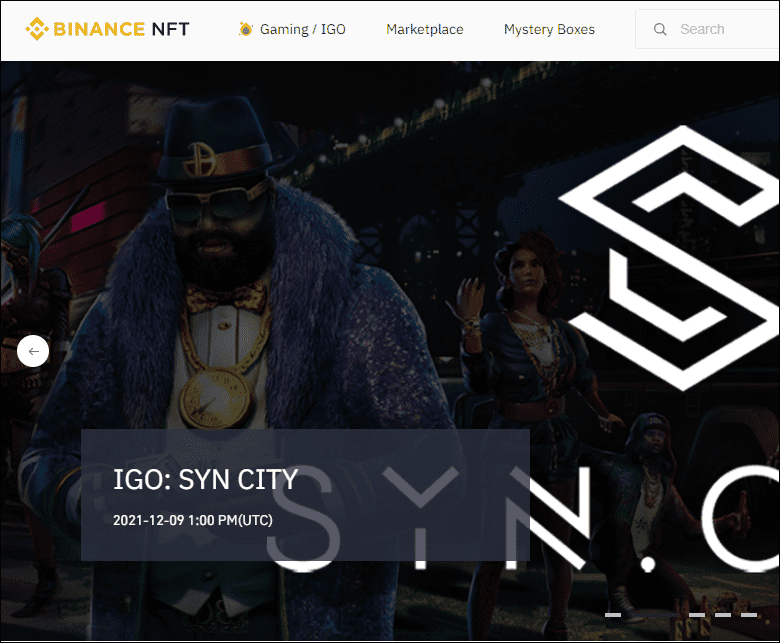
Tezos
Tezos is another emerging blockchain for NFTs. Although it only has one non-fungible token standard currently, namely the FA2 standard, it’s quickly catching on.
Based on a liquid proof-of-stake algorithm, it has a unique characteristic. Users themselves oversee the governance of the network. Those who own Tez (symbol: XTZ), the native cryptocurrency of the Tezos blockchain, get to participate in design and development choices by a process known as baking. By staking some of their Tez coins (baking), they can vote for new features to implement on the network.
There are many NFT marketplaces that work on the Tezos blockchain where you can mint, sell or buy NFTs. The gas fee on Tezos is less than a penny and the transaction speed is still very fast.
Some of the NFT marketplaces to trade include Kalamint (vetted like SuperRare), Hicetnunc (open like Rarible), OBJKT, OneOf, etc. OpenSea is also soon going to include Tezos marketplace NFTs on their platform.

With the world of NFTs exploding, too many NFT standards and marketplaces are appearing. We’ve discussed some of the most popular blockchain platforms that have an NFT standard above. Understanding the different platforms and the nuances related to them will help you choose the one perfect for you.

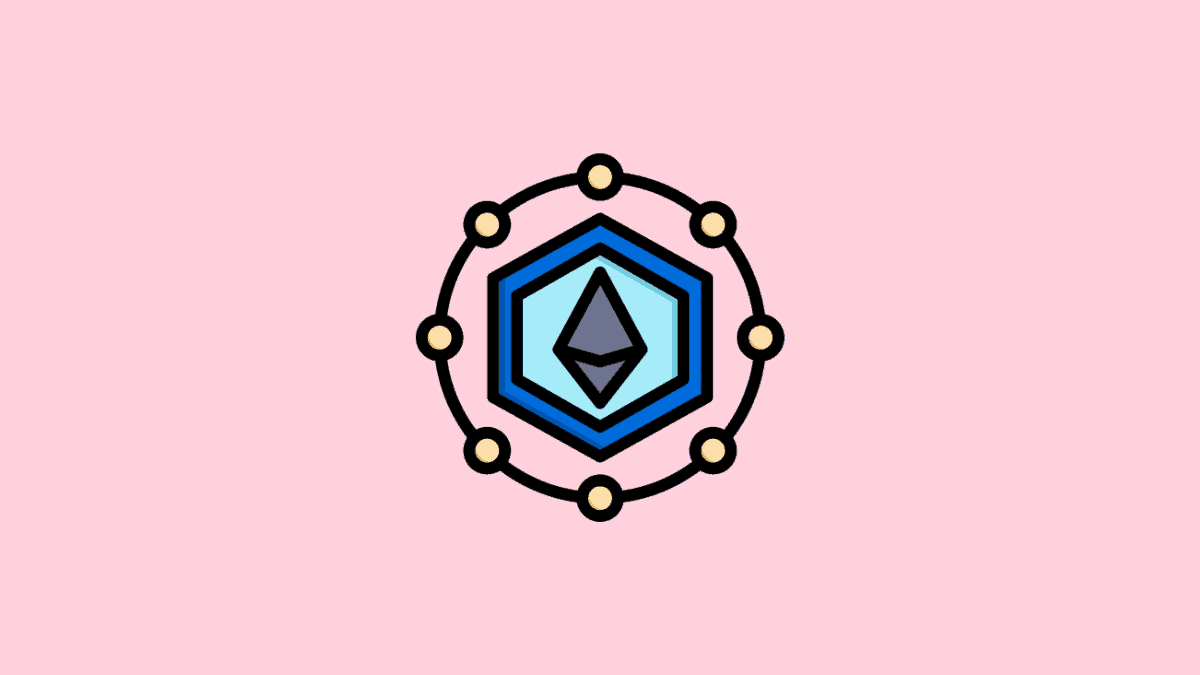



Member discussion